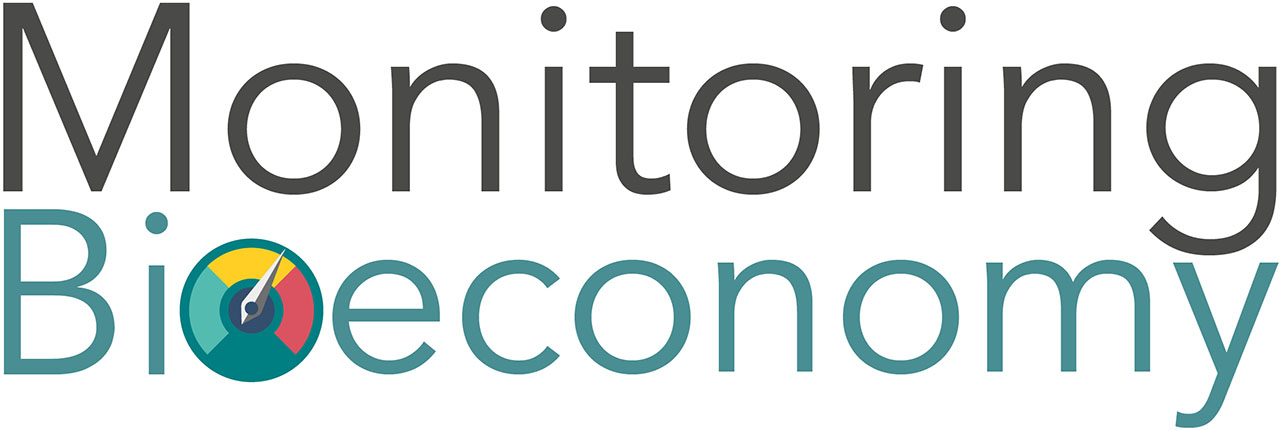
Overview
In SYMOBIO, five footprints of biomass-based goods are quantified for Germany ...

Material
The material footprint measures the amount of agricultural and fodder crops harvested domestically and abroad to meet the demands of consumers (and investors) in Germany. The measurement includes not only the crops themselves (such as the wheat grain) but also the crop residues (such as straw).

Forest
The timber footprint helps to monitor and evaluate the transition to a wood-based bioeconomy. It accounts for the total amount of primary wood consumed each year in Germany. By taking a consumption perspective, footprints provides a complementary perspective to the monitoring of forest ecosystems and product supply chains. They answer the question: how much wood is needed to meet current demand levels? Thus, timber footprints are the first step to evaluating whether consumption levels are within the planetary boundaries, or whether they are contributing to an overuse of forests both within Germany and abroad.

Agriculture
The agricultural land footprint describes the occupation of agricultural land in domestically and abroad related to the bio-economy in Germany. It integrates information on the characteristics of the occupied land, which allows a risk assessment of impacts on ecosystem services and biodiversity.

Water
The water footprint describes the global water withdrawals for the irrigation of crops for consumption in Germany. The respective water stress in the cultivation regions is taken into account, whereby both hydrological aspects and issues of water use by different sectors are considered.

Climate
Rising greenhouse gas emissions lead to an increase in global warming. At the UN Climate Change Conference in Paris in 2015, it was therefore decided to reduce greenhouse gas emissions in the future to such an extent that global warming is limited to as close to 1.5°C as possible compared to pre-industrial levels.
The climate footprint includes all relevant greenhouse gases emitted worldwide that are associated with the production of the biogenic goods consumed in Germany or exported from here. The various greenhouse gases such as carbon dioxide (CO2), methane and nitrous oxide, etc. are converted into CO2 equivalents.
